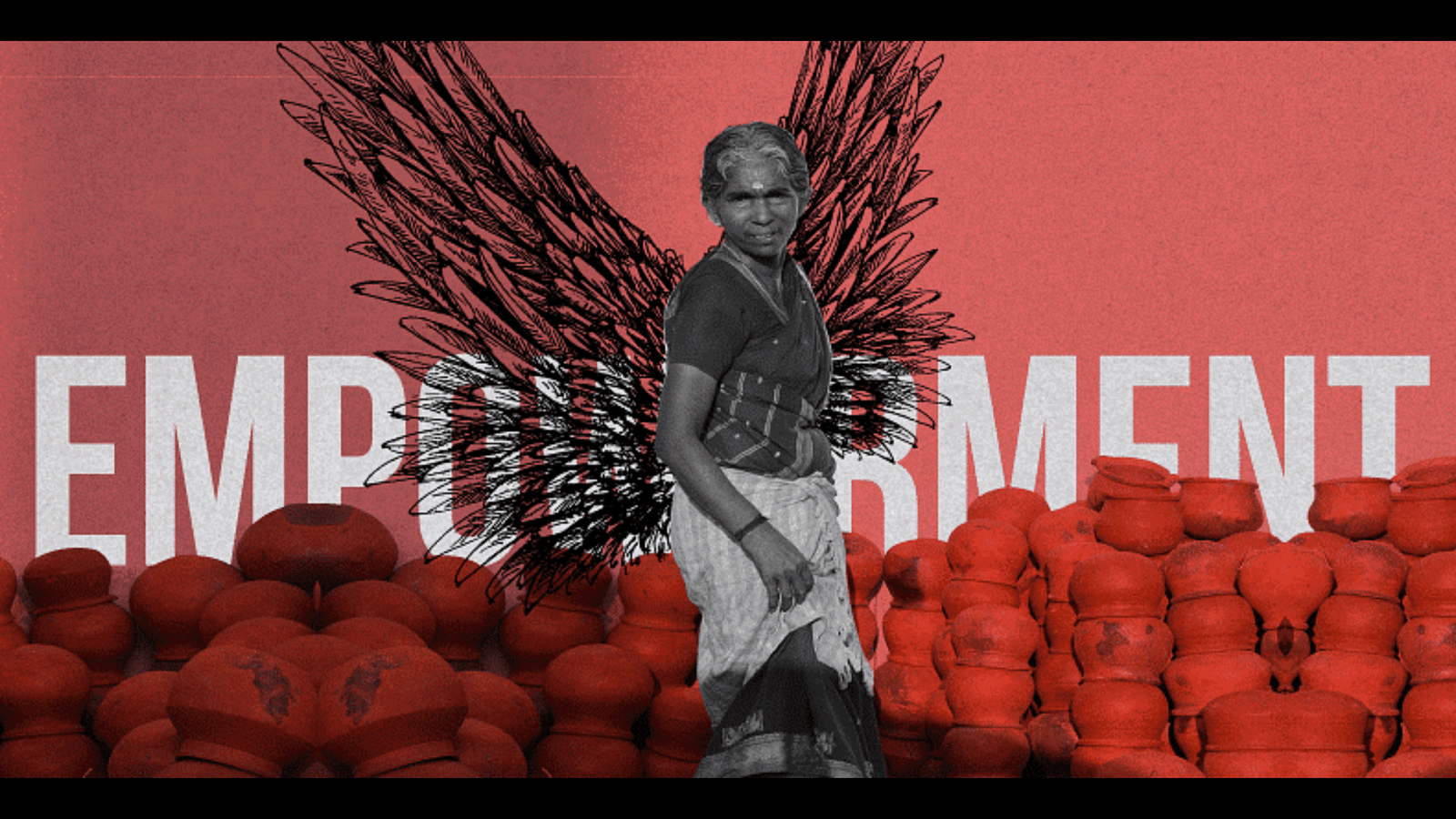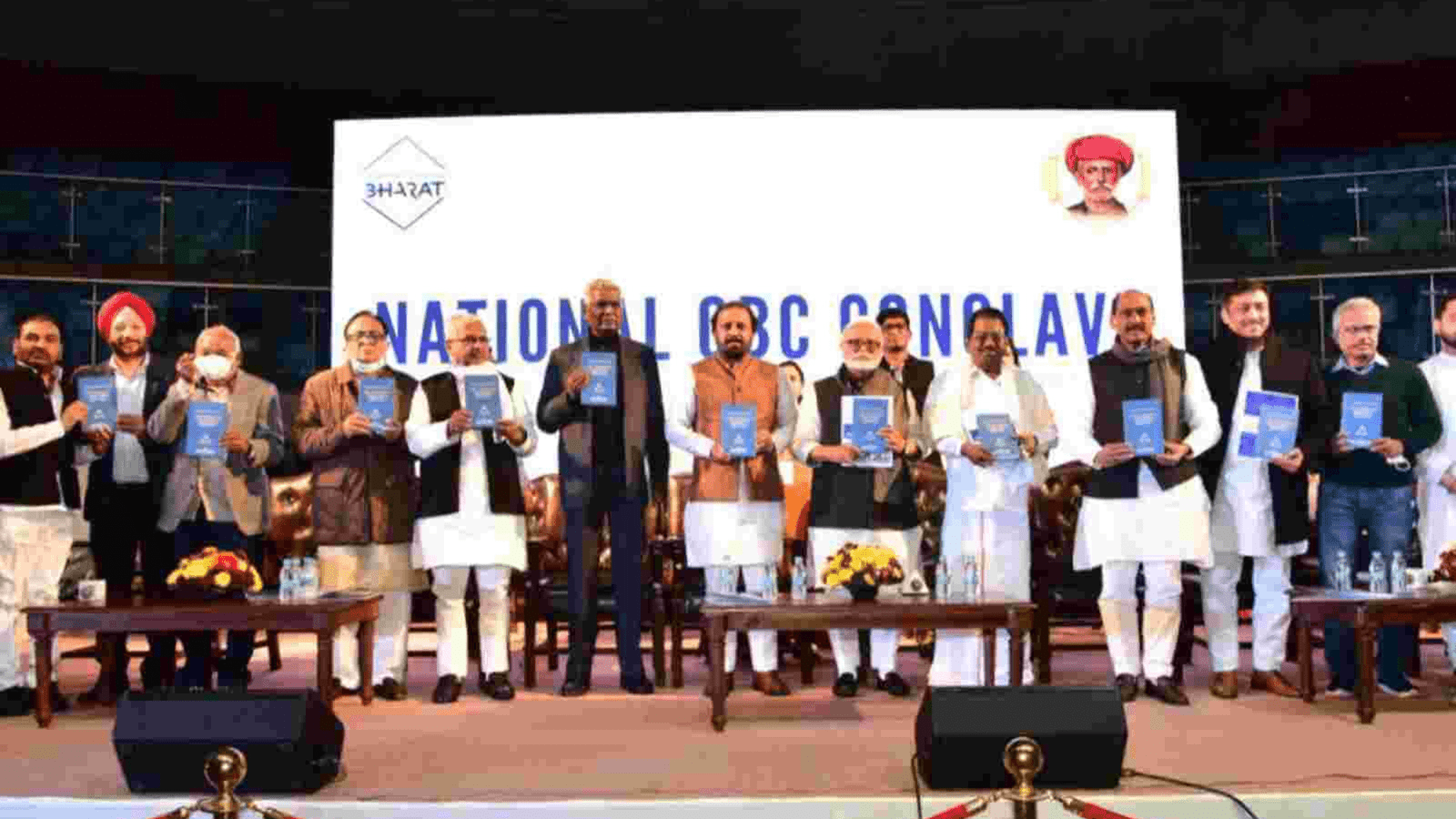
Urban floods, a recurring phenomenon in many cities across the world, have emerged as a pressing sociological concern in recent decades. This article delves into the sociological aspects of urban floods, exploring the terminologies, theories, and concepts used to understand the root causes, impacts, and social vulnerabilities associated with these disasters. Drawing upon the perspectives of Indian and Western sociologists, along with relevant statistical data, this article aims to shed light on the complexities and societal implications of urban floods.
Defining Urban Floods:
Urban floods refer to the inundation of built-up areas in cities due to heavy rainfall, poor drainage, inadequate infrastructure, and rapid urbanization. They differ from rural floods in their intensity and frequency, as well as the unique challenges they pose in densely populated urban spaces. The consequences of urban floods can be severe, affecting human lives, property, and disrupting critical services.
Understanding Urban Floods from a Sociological Perspective:
Sociologists analyze urban floods through various theoretical frameworks, such as environmental justice, urban metabolism, and social vulnerability theory. These concepts offer insights into the social, economic, and political dynamics that exacerbate the impacts of urban floods on different communities.
Environmental Justice: The concept of environmental justice emphasizes the unequal distribution of environmental risks and benefits among different social groups. In the context of urban floods, certain communities, often marginalized and economically disadvantaged, bear the brunt of flood impacts due to their location in low-lying areas or areas with inadequate infrastructure.
Urban Metabolism: Urban floods are intrinsically linked to urban metabolism, which refers to the flow of resources, energy, and waste within cities. Rapid urbanization and changes in land use patterns can alter the natural hydrological cycles, contributing to increased flood risks in urban areas.
Social Vulnerability Theory: Social vulnerability theory examines how certain groups are more susceptible to the impacts of disasters due to underlying social, economic, and political factors. In the context of urban floods, social vulnerability can be influenced by factors such as poverty, lack of access to information and resources, and limited social networks.
Perspectives from Indian and Western Sociologists:
Indian city planners have highlighted the role of urban planning in mitigating flood risks since long. Patrick Geddes, who established the first department of sociology in India at Bombay University, suggested planning and designing cities in sync with nature. His work emphasized the need for integrating social and environmental factors in city design and infrastructure development.
Susan L. Cutter, in her seminal work "The Geography of Social Vulnerability: Race, Class, and Catastrophe", explores the spatial distribution of social vulnerability and disaster impacts, emphasizing the importance of addressing social disparities in disaster planning and response.
Impacts and Social Consequences:
Urban floods have wide-ranging social consequences, including displacement, loss of livelihoods, and disruption of communities. Vulnerable populations, such as informal settlers, migrant workers, and economically marginalized groups, often experience disproportionate impacts and struggle to recover from flood-related disasters. .
Statistics and Policy Interventions:
Statistics on urban floods vary across cities and regions, but they underscore the urgency of comprehensive policy interventions. The United Nations estimates that urban flooding affects over 250 million people worldwide each year, leading to significant economic losses and environmental damages.
Governments and city authorities have undertaken various policy initiatives to address the challenges posed by urban floods. Flood management strategies include improving drainage systems, investing in flood-resistant infrastructure, and promoting community-based disaster preparedness programs. However, there is a need for further emphasis on the social dimensions of urban floods, including vulnerable community participation and equitable resource allocation.
Conclusion:
Urban floods are a complex and multifaceted issue that requires a sociological lens to comprehend their causes, consequences, and potential solutions. By analyzing urban floods through sociological theories and drawing upon the insights of Indian and Western sociologists, we gain a deeper understanding of the societal implications of these disasters. Sociological research is crucial in informing policies that prioritize environmental justice, social vulnerability reduction, and equitable urban planning. Only through a concerted effort that incorporates social dimensions can cities build resilience and address the challenges posed by urban floods, ensuring a more sustainable and inclusive urban future.









































































































